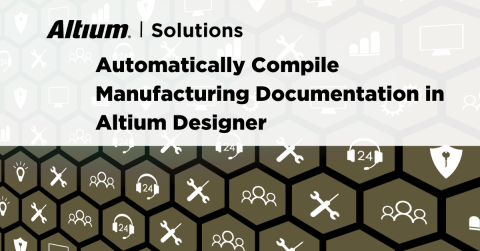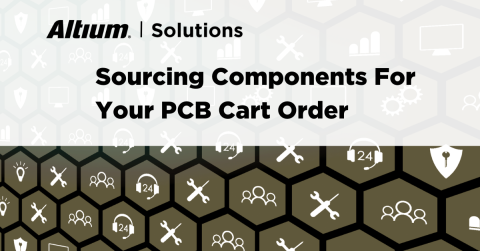Supply Chain Visibility: Component Sourcing in the New Age

The evolution of the PCB design process has seen significant progress in recent years. And much of this progress can be attributed to the continued innovation in the field of electronics. Whether it’s IoT, wearables, medical devices, or telecom, we’ve seen the pace of product development accelerating, along with the rise of small batch projects.
With the competitive landscape more crowded than ever, you’re facing tremendous pressure to shorten your product development lifecycle, reduce time to market, and still deliver a low cost, high quality product. And while PCB design tools have evolved to ease your workflow, particularly in the areas of routing, signal integrity, and design-for-manufacturing, there’s one crucial area that has been widely neglected: component sourcing integration.
Complete Supply Chain Visibility
If you’re fortunate to work for a larger company, you can usually leverage your strategic sourcing department for procurement and purchasing. This vertical integration will also maintain lifecycle and manage the drop-in replacements for EOL (End-of-life) components. In most big companies, the process of sourcing components typically runs in parallel with the modern design and production workflows.
If you work for a smaller firm that can’t afford the overhead of a strategic sourcing department, you can find yourself feeling overwhelmed. At a small company, you’re not only responsible for ensuring designs meet scope requirements, but also electronic component sourcing, price negotiation, lifecycle management, and securing a smooth transition into production.
While it’s possible to find the information you need online, it’s scattered, inconsistent, and most importantly, it interferes with your design workflow. You’re searching for more than just an electronic component that fits your design; you’re looking for complete supply chain visibility free of limitations. To satisfy these requirements, you need access to real-time pricing, specific information about lead times, in-stock position, and alternate strategic sourcing. Sadly, the agony doesn’t stop there. You still have a tremendous amount of open data management related issues to address, including:
-
Do you have the correct footprints and models?
-
How do you ensure the are re-used in other designs by your colleagues?
-
If you make corrections to the part information, how can you make sure it makes it back to the source?
-
And what happens when the supplier makes a part number change?
It Starts In Your Design Tool
Simply put, there’s only one way to extinguish these concerns altogether. Your component sourcing and selection process must be integrated into your EDA tool with direct connectivity to supplier data. This will enable you to quickly search across a wide selection of trusted suppliers, and then easily integrate the data through various stages of the design process.
With this type of workflow, you’ll not only gain complete visibility over your supply chain, but you’ll also be able to import valuable design data such as component parameters, models, and datasheets. This holistic approach provides you with the insight to solve unmanaged design data issues from within your everyday workflow.
The Bottom Line
At the end of the day, your goal is to deliver functional products that meet all the requirements and quality standards, with minimum risks, on-time and within budget. An integrated solution that automates your entire data management process gives you more time to focus on what you do best: design innovative products.









